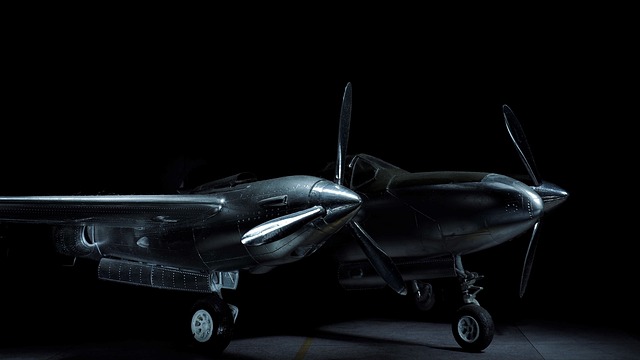Light painting is a mesmerizing technique that blends the worlds of photography and artistry, creating stunning visual effects that tell a story under the cover of darkness. Imagine standing at the edge of a night-lit landscape, armed with nothing more than your camera and a few simple light sources. As you unleash your creativity, a magical transformation occurs; the world around you morphs into a canvas upon which you can paint with light.
At the core of light painting lies the principle of exposure. By using a prolonged exposure time on your camera, you can capture trails of light in a way that is both captivating and ethereal. The process begins with selecting the right settings on your camera. A slower shutter speed allows in more light, making it ideal for the dynamic strokes of illumination you’ll create. Typically, settings between 5 to 30 seconds can yield brilliant results depending on the amount of ambient light available in your setting.
Optics play an essential role in this visual narrative. A camera equipped with a wide aperture can gather more light, essential for capturing the intricate details of your light painting. For instance, using a lens with a low f-stop number can enhance the overall quality of your images, allowing you to create bokeh effects that accentuate the painted light against a beautifully blurred background.
As you prepare for a light painting session, it’s important to scout your location. Choose a backdrop that resonates with your artistic vision—be it a serene forest, an urban landscape, or a vast open field. Once you have your scene set, gather your light sources: LED lights, flashlights, or even sparklers can each convey a unique mood to your compositions. The beauty of light painting is that the only limit is your imagination.
When you start painting, experiment with various movements. Quick, sweeping gestures may create dynamic forms, while steady, deliberate movements can lend a more tranquil energy to your artwork. Each flick of your wrist and angle of your light creates different effects; you’re not just photographing a scene, you’re breathing life into it, capturing moments that otherwise would have been lost to the night.
Once your session is complete, and after countless frames taken, review your photos. This step is crucial as it allows you to recognize patterns and refine your approach for future projects. Every image tells a different story, reflecting both your technique and the enchantment of the moment captured. This art form invites a conversation between the photographer and the light, revealing a world that thrives on the interplay of exposure and creativity.
Light painting teaches us that photography is more than just capturing a single moment; it’s about exploring how we can manipulate and interact with our environments. As you venture into this artistic journey, remember to embrace the unpredictability that comes with working in low light. Each photograph serves as a beautiful testament to the blend of technology, artistry, and imagination, unearthing the magic inside of every shot.



